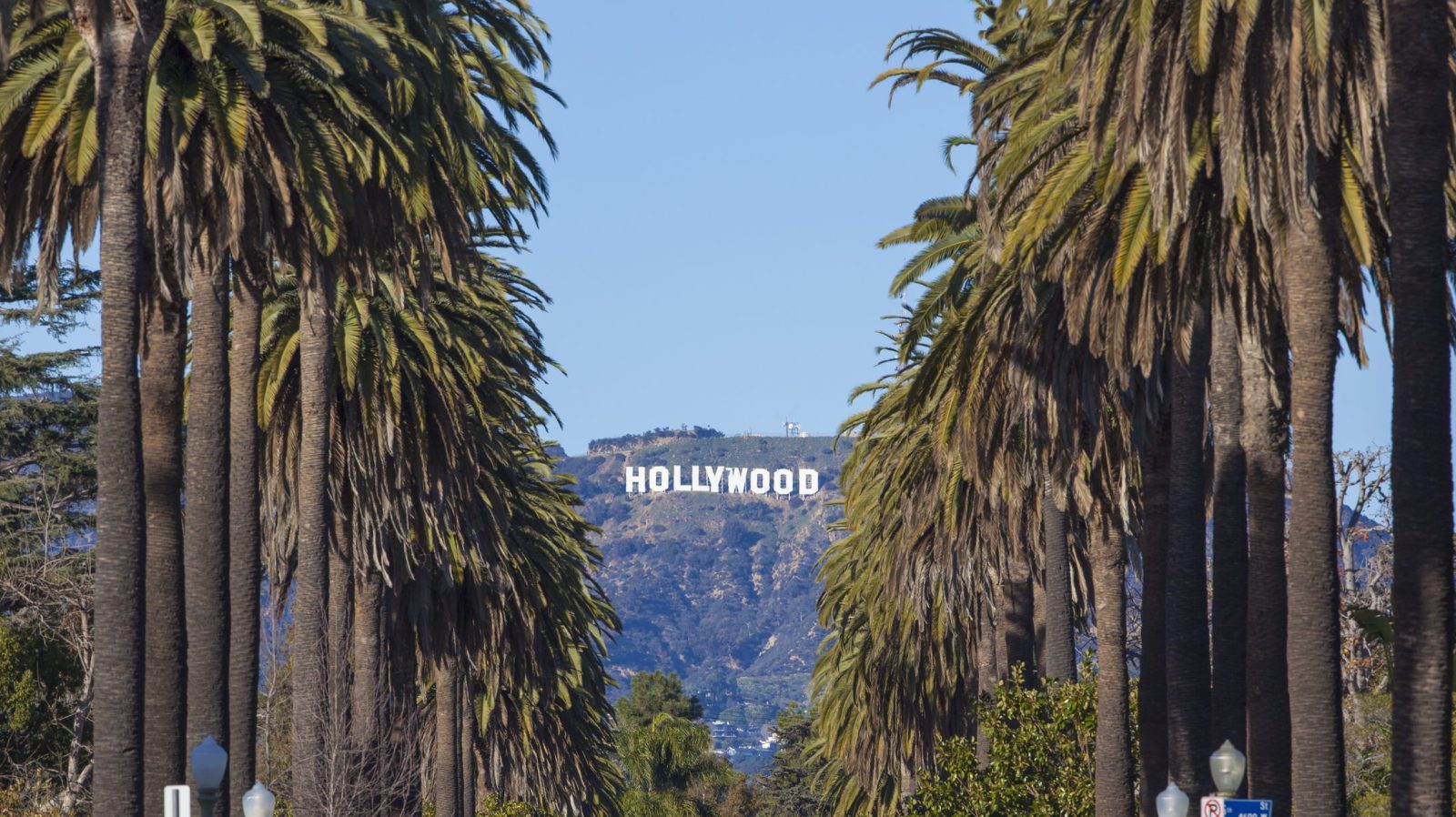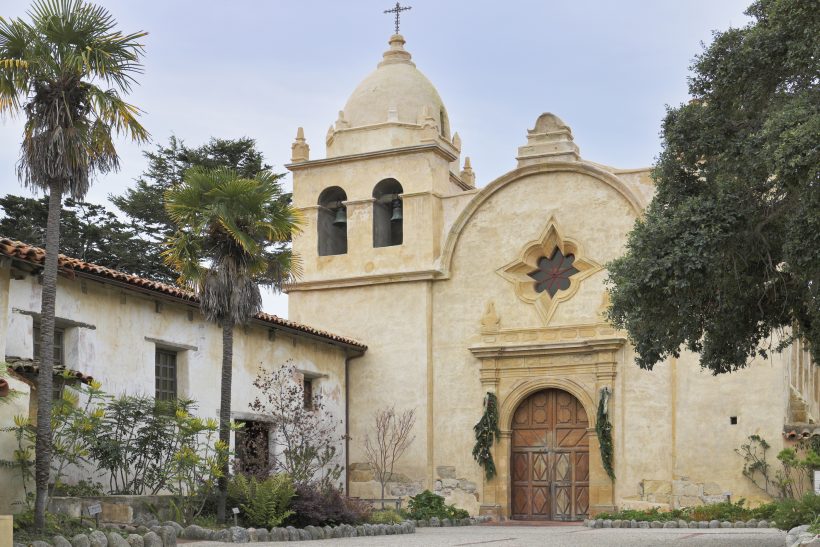How Palm Trees Arrived In California

|
Getting your Trinity Audio player ready... |

The world knows California for iconic palm trees, beautiful beaches, Hollywood glamour, and a laid-back lifestyle.
Palm Trees are not Native to California.
Palms were first imported to California with the construction of Spanish missions. The palm trees were used for decoration in religious ceremonies to symbolize the biblical nature of the mission. However, this wave of palms did not immediately transform the basin into what it appears today.
The Franciscan monks who settled in Southern California were the first to plant palm trees for ornamental purposes. They planted vines to provide Holy Communion wine and palm trees for Palm Sunday.
Spanish missionaries brought palm trees to California in the late 1700s. They brought them from their native habitats in the Caribbean and Central and South America. Over the years, palm trees have become a state symbol. They are popular in landscaping and urban design, especially in southern California, where the climate is warm and dry.
However, the proliferation of palm trees in California has come at a cost. These trees are not very adaptive to the state’s ecology and climate. This makes them vulnerable to pests, diseases, and environmental stressors. Also, palm trees have shallow root systems that do not anchor the soil well. This makes them susceptible to toppling over during storms and high winds.
Fire Hazard from Palm Trees
The most pressing concern, however, is the fire hazard that palm trees pose. California is no stranger to wildfires. Climate change and other factors have increased the frequency and severity of these events in recent years. Palm trees, with their dry, highly flammable fronds, serve as a ready fuel source for fires. They help flames spread quickly making it difficult for firefighters to control the blaze.

California Department of Forestry and Fire Protection reported the 2017 fire season was the most destructive wildfire season on record. There were a total of 9,560 reported incidents of fire burning that damaged 1,548,429 acres of land. This included five of the 20 most destructive wildland-urban interface fires in the state’s history.
More than 10,000 buildings were damaged or destroyed which was more than the preceding nine years combined. According to state records, the vast flames killed 47 people—45 civilians and two firefighters. The 2018 California wildfires exceeded both total property destruction and total burned land.
Palm Trees Banned in California
For these reasons, many cities and towns in California have started to ban the planting of palm trees, especially in high-risk fire areas. In 2018, Beverly Hills passed an ordinance prohibiting planting new palm trees on public property, citing concerns over fire safety and the need to diversify the urban forest. Other cities, such as Santa Barbara and San Diego, have also restricted the planting of palm trees in certain areas or required permits for their installation. Many people are unaware of these restrictions.
While these restrictions may be controversial among some Californians who view palm trees as an integral part of the state’s identity, there is growing recognition that these trees may not be sustainable in the long run. As climate change continues to alter the state’s environment, with hotter and drier conditions becoming more common, palm trees will likely face even more significant challenges in surviving and thriving.
Promotion of Native Plants
The diversity of natural ecosystems is vital because different species can provide ecosystem services, including water filtration, carbon sequestration, and habitat for wildlife. A diverse urban forest can provide many benefits in urban environments, from reducing heat island effects to improving air quality and mental health.

Cities and towns in California are actively promoting the planting of native and drought-tolerant trees. Native plants are better adapted to the state’s environment and can provide a variety of ecosystems. These include oak, sycamore, and pine species, which are more fire-resistant, have deeper root systems, and can support a greater diversity of wildlife.

In addition to the ecological benefits of planting native trees, there are also cultural and aesthetic reasons to do so. California has a rich heritage of indigenous cultures that have lived on the land for thousands of years, and many of these cultures have a deep connection to the native flora and fauna. By planting native trees, we can help honor and celebrate this heritage while creating a sense of place and identity unique to California.
Furthermore, native trees can be as beautiful and iconic as palm trees. For example, Los Angeles has launched a program called “50 Parks”. The 50 Parks Initiative aims to significantly improve the number of parks and amenities accessible across the city, particularly emphasizing densely populated districts and communities that lack enough open space and recreational activities. Building additional public parks in areas where most of the inhabitants do not live near a park or recreational facility would give many physical, social, health, and environmental advantages to communities and the city.
The palm trees brought for decoration centuries ago were not natively compatible with California. Now there is a need to grow more native plants to fight global warming and make our beautiful land safer.












